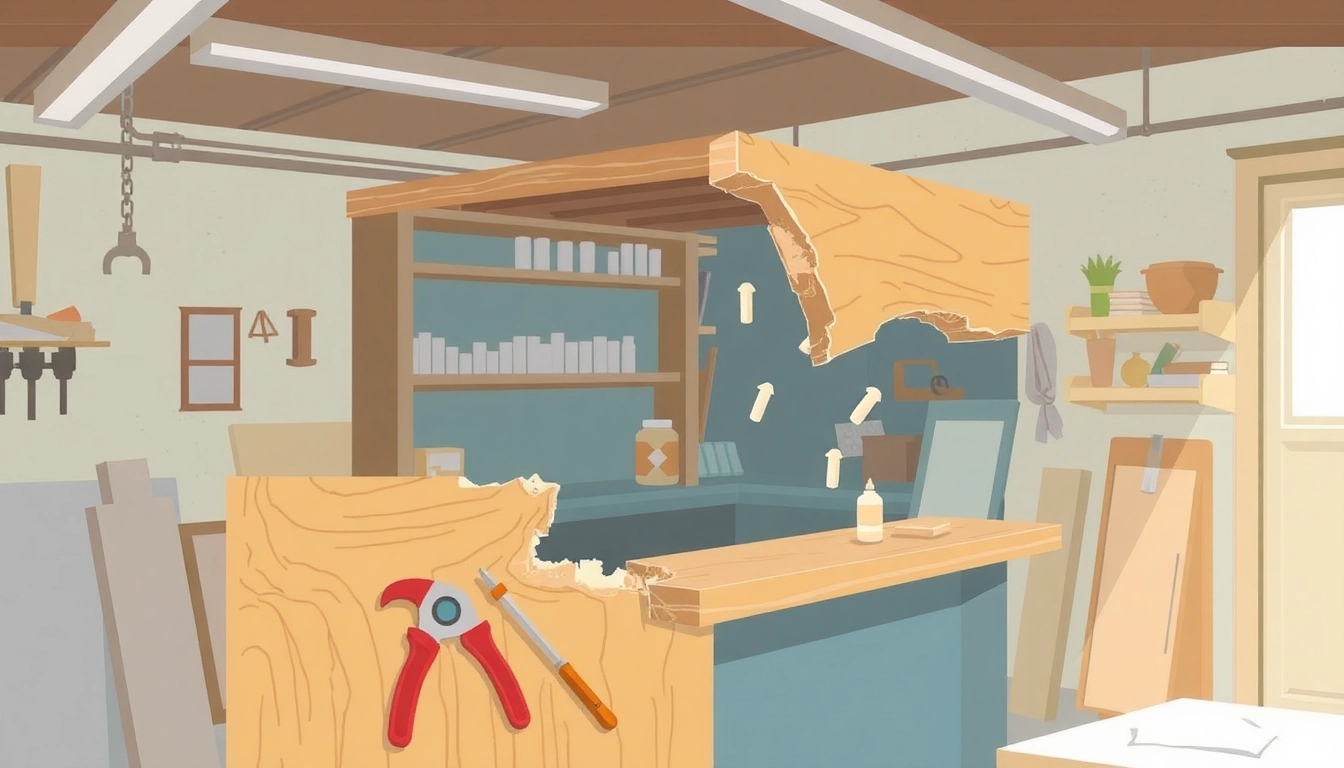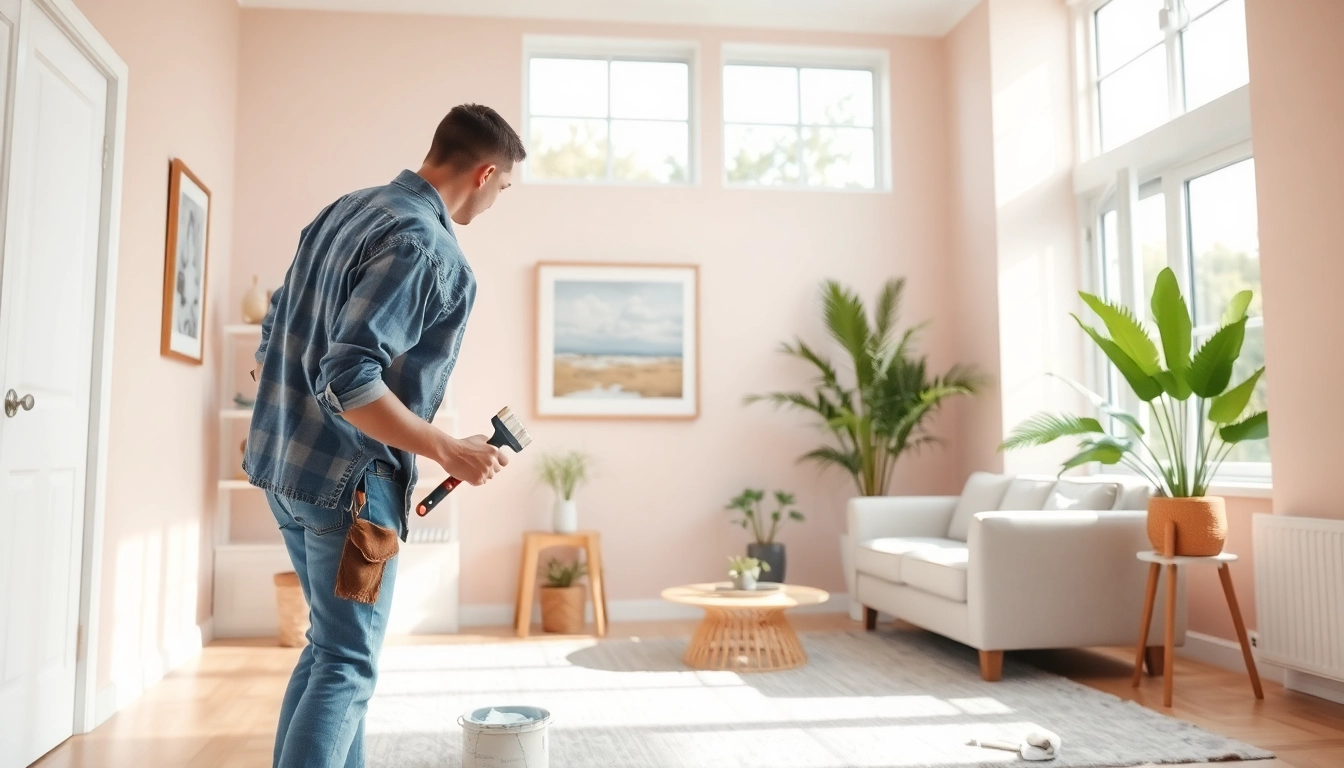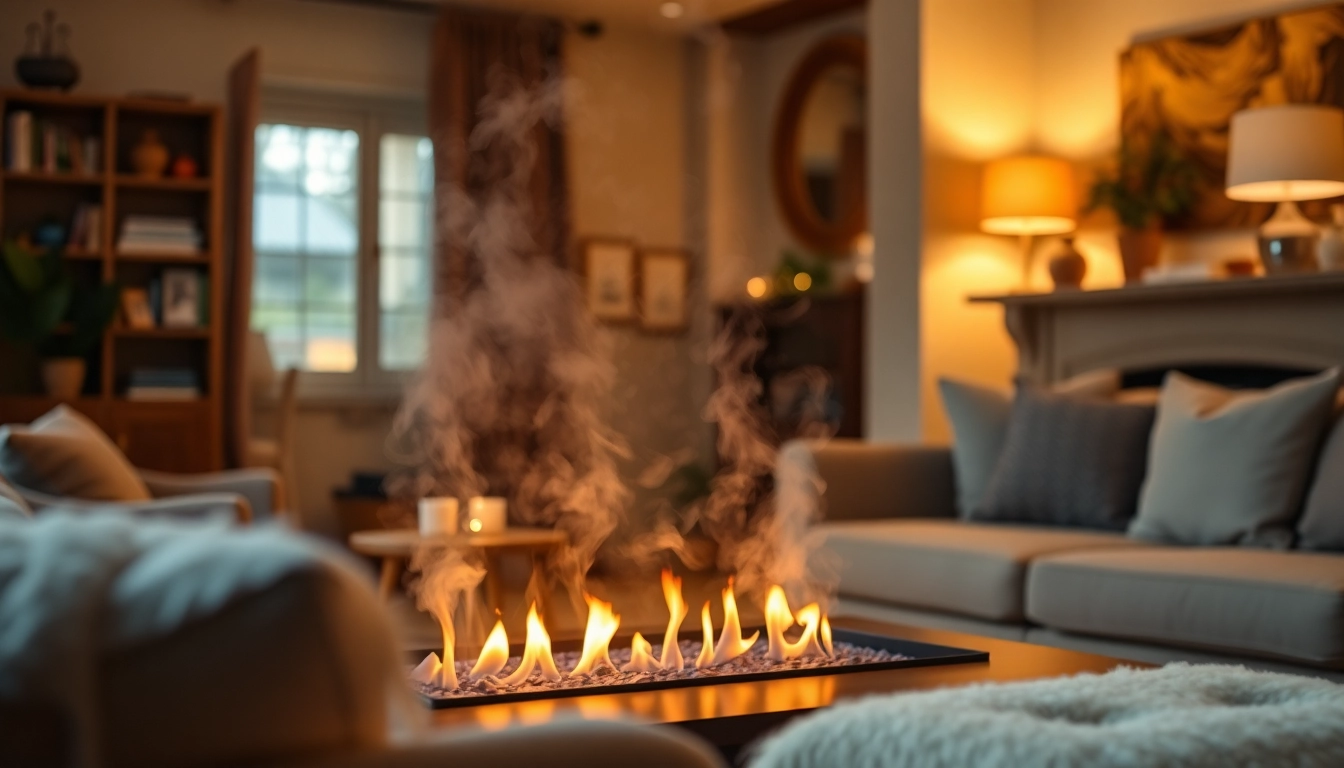Understanding the Basics of Back Bar Repair
When it comes to maintaining your furniture in bars, restaurants, or home settings, back bar repair is a vital skill to master. This art not only helps extend the life of your furniture but also enhances its visual appeal, which is crucial in maintaining an inviting atmosphere for guests. In this comprehensive guide, we will delve into the essentials of back bar repair, providing insights into common problems, necessary tools, and techniques for successful repairs.
What is Back Bar Repair?
Back bar repair refers to the process of fixing structural and aesthetic issues that occur in bar furniture, including bar stools, countertops, and shelving. This repair work can include anything from reattaching a backrest to fixing a wobbly table leg or refinishing the bar surface to restore its original luster. Repairing rather than replacing bar furniture can save considerable costs and reduce waste, making it an environmentally friendly choice.
Common Issues Encountered
Back bar furniture can experience a variety of problems over time, including:
- Loose Joints: Over time, joints may loosen, causing instability in bar stools and tables.
- Damaged Finishes: Scratches, chips, or stains on surfaces can detract from the overall appearance.
- Structural Breaks: Frame breakages, especially in heavier furniture, can compromise safety and functionality.
- Upholstery Issues: Worn or torn fabrics may need reupholstering to maintain a fresh look.
Essential Tools for the Process
To effectively carry out back bar repairs, you will need a variety of tools. Some essential tools include:
- Screwdrivers: Both flathead and Phillips for loosening or tightening screws.
- Wood Glue: Ideal for fixing loose joints and minor cracks.
- Clamps: Essential for securely holding pieces while adhesives set.
- Upholstery Stapler: Useful for recovering bar stools and other upholstered furniture.
- Sandpaper and Finishing Products: Needed for refinishing surfaces and enhancing their durability.
Step-by-Step Guide to Back Bar Repair
Preparing the Area and Tools
Before starting any repair, it’s crucial to ensure that your workspace is adequately prepared. Follow these steps to prepare:
- Choose a well-lit area with enough room to move around.
- Gather all necessary tools and materials, laying them out for easy access.
- Cover surfaces with drop cloths to protect from spills and debris.
Evaluating Damage and Planning Repairs
Take time to assess the damage thoroughly. Evaluate the following:
- Extent of Damage: Identify if the damage is cosmetic or structural.
- Materials Required: Determine what tools and materials will be necessary to perform the repairs. For example, if you’re addressing a loose joint, wood glue and clamps will be essential.
- Timeframe: Estimate how long repairs might take to plan accordingly.
Executing the Repair: Techniques and Best Practices
Now that you’re well-prepared, it’s time to execute the repairs. Here are some techniques for common issues:
Fixing Loose Joints
- Disassemble the joint carefully, cleaning any old glue residue.
- Apply wood glue generously and reassemble the parts, ensuring they are properly aligned.
- Use clamps to hold the joint in place while the glue dries according to the manufacturer’s instructions.
Repairing Damaged Finishes
- For scratches, use a wood touch-up marker that matches the finish color.
- For deeper gouges, fill with wood filler, allowing it to dry before sanding smooth.
- Refinish the entire surface if necessary, applying a suitable finish to protect the wood.
Reupholstering
- Remove the old upholstery, taking care to preserve any underlying foam.
- Cut new fabric to size, leaving extra material for wrapping around edges.
- Attach the new fabric using an upholstery stapler, ensuring it is pulled tight across the surface.
Materials for Durable Back Bar Repair
Choosing the Right Adhesives and Fasteners
Selecting the proper adhesives and fasteners is crucial for a long-lasting repair. Here are some options:
- PVA Glue: Commonly used for wooden joints, it dries clear and is easy to clean up.
- Epoxy Resins: Ideal for structural repairs; they provide a strong bond and can fill gaps.
- Screws and Dowels: When strength is needed, these are preferred for sturdiest connections.
Understanding Finishes and Sealants
Finishes not only enhance the appearance of your furniture but also protect it from moisture and wear. Consider the following:
- Polyurethane: Provides durable, water-resistant protection suitable for high-traffic areas.
- Lacquer: Dries quickly and offers a high-gloss finish but requires careful application.
- Oils: Enhance the natural beauty of wood while providing decent protection against moisture.
Budgeting for Repair Materials
When budgeting for back bar repairs, plan for both the cost of materials and tools. A well-structured budget can help guide your choices:
- Research prices from various suppliers to find the best deals.
- Consider purchasing items in bulk where feasible to save costs over time.
- Always keep a small reserve in your budget for unexpected repairs or additional materials.
Advanced Techniques in Back Bar Repair
Addressing Structural Weaknesses
For heavily damaged furniture, simply re-gluing may not suffice. Here are advanced methods to address structural weaknesses:
- Inserting Wooden Dowels: For broken frames, drill holes for dowels to create a stronger joint.
- Using Corner Braces: Attach metal corner braces to reinforce weak corners and joints.
- Reinforcing with Metal Plates: Use plates for extra support on heavily used surfaces, such as tabletops.
Incorporating Reinforcement Methods
Additional reinforcement can ensure that repairs last longer. Consider options such as:
- Cross-bracing: Adding diagonal bracing between legs can increase stability for bar stools and tables.
- Leg Levelers: These can help compensate for uneven floors, preventing wobbling.
- Supporting Beams: Underneath tables, adding beams can help distribute weight more evenly.
Restoring Aesthetic Appeal Post-Repair
Finally, after completing the repairs, it’s essential to restore the furniture’s aesthetic appeal:
- Clean the surfaces thoroughly to remove dust and debris.
- Apply stains or finishes that match the original look to ensure consistency.
- Consider decorative touches such as new hardware or upholstery to modernize the design.
Maintaining and Preventing Future Damage
Inspection Routines for Longevity
To prevent future issues, establish regular inspection routines for your back bar furniture:
- Check joints and fasteners every few months to ensure everything is tight.
- Examine surfaces for signs of wear and damage, addressing issues as they arise.
- Look for signs of moisture damage, particularly in environments where spills may occur.
Tips for Regular Maintenance
Implementing regular maintenance practices helps extend the life of your furniture:
- Wipe surfaces regularly to prevent dirt build-up.
- Use coasters and placemats to avoid scratches and moisture damage.
- Consider periodic professional cleaning for upholstered furniture.
When to Seek Professional Help
Some repairs may require professional assistance, including:
- Severe structural damage beyond a casual repair.
- Upholstery requiring specialized skills or materials.
- Work that requires permits or compliance with safety regulations.


